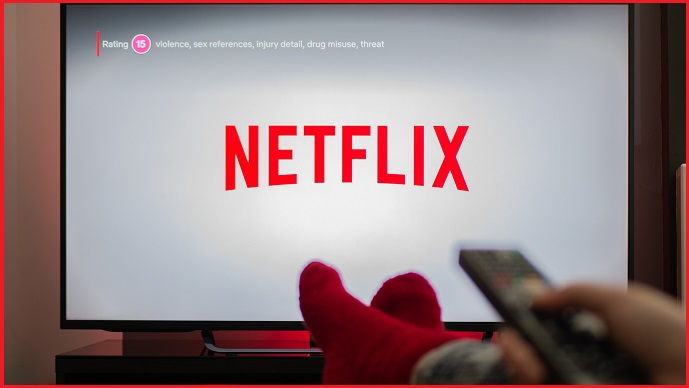Netflix lost 200,000 subscribers in the first quarter of 2022 and is expecting another two million will walk away from the service before the end of June.
The shock disclosure – which was part of Netflix’s routine earnings call – wiped US$54 billion off the company’s market value in a single day with its price tumbling by 35 per cent from US$348 on Monday to US$226 by close of trading on Tuesday, local time.
“Our revenue growth has slowed considerably,” the company said in a letter to shareholders.
“Streaming is winning over linear [TV], as we predicted, and Netflix titles are very popular globally.
“However, our relatively high household penetration – when including the large number of households sharing accounts – combined with competition, is creating revenue growth headwinds.”
Netflix has forecast an increase in this downtrend and has braced shareholders for a further two million subscribers to leave the platform by the middle of the year.
“COVID clouded the picture by significantly increasing our growth in 2020, leading us to believe that most of our slowing growth in 2021 was due to the COVID pull forward,” Netflix said, chalking the negative subscription movement up to four factors.
First is the uptake of broadband-connected household TVs around the world, an uncontrollable factor that should bring more customers over time but which has slowed somewhat.
Then there is Netflix’s estimate that 100 million households share an account.
While the proportion of account sharing hasn’t changed much, the company said, it does limit the number of new customers that can be acquired.
As such, account sharing is something Netflix wants to either rein in or find a way to better monetise by charging people more if they share credentials with people outside their household.
“So if you've got a sister, let's say, that's living in a different city, you want to share Netflix with her, that's great. We're not trying to shut down that sharing,” Netflix chief product officer Gregory Peters said on the recent earnings call.
“But we're going to ask you to pay a bit more to be able to share with her and so that she gets the benefit and the value of the service, but we also get the revenue associated with that viewing.”
Competition was the third factor because, as us consumers are constantly aware, there is now a wealth of different streaming platforms from major brands and well-established studios taking up a larger share of the on-demand video market.
Finally, ongoing macro-economic factors like inflation concerns, ongoing slow economic growth, and Russia’s invasion of Ukraine as causes for the subscriber slip.
When asked if Netflix would consider a cheaper subscription tier that incorporates advertising into the videos – a model in use by its competitors Hulu and Disney – the company’s co-founder and co-CEO Wilmot Hastings said Netflix was exploring that option.
“I don't think we have a lot of doubt that it works, that all those companies have figured it out,” he said.
“It would be a plan layer. So if you want the ad-free option, you’ll be able to have that as a consumer.
“And if you would rather pay a lower price and you’re ad-tolerant, we’re going to cater to you also.”
Looking at a regional breakdown of Netflix’s membership numbers, only Asia Pacific saw growth in net paid membership from January to March 2022, adding 1,000,000 new subscribers.
But in North America, South America, and the large Europe, Middle East and Africa segment, memberships dropped considerably.
North America saw the biggest total drop in numbers with 636,000 people abandoning their monthly Netflix payment.










